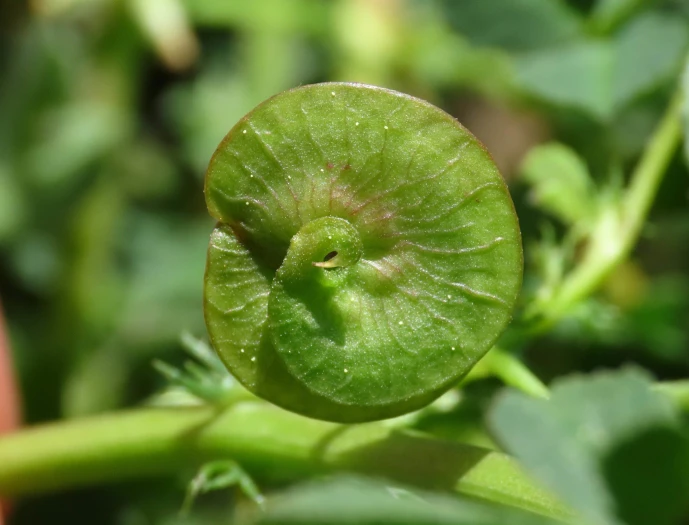Blackdisk Medick
(Medicago orbicularis)
Blackdisk Medick (Medicago orbicularis)
/
/

Emanuele Santarelli
CC BY-SA 4.0
Image By:
Emanuele Santarelli
Recorded By:
Copyright:
CC BY-SA 4.0
Copyright Notice:
Photo by: Emanuele Santarelli | License Type: CC BY-SA 4.0 | License URL: http://creativecommons.org/licenses/by-sa/4.0/ | Rights Holder: Emanuele Santarelli | Publisher: iNaturalist | Date Created: 2020-04-25T13:04:23-07:00 |

























Estimated Native Range
Climate Requirements for Austin, Minnesota
| This Plant | Your Site | Plant Suitability for Your Location | ||
|---|---|---|---|---|
| • Precipitation | 1" - 120" | 32" | Your precipitation may be too high for this plant. | Too high |
| • High Temp. | 61°F - 114°F | 83°F | Your summer temperatures are normal for this plant. | Excellent |
| • Low Temp. | 7°F - 67°F | 4°F | Your winter temperatures may be too cold for this plant | Too cold |
This plant may not grow well at your location - your precipitation is too high.
Summary
Medicago orbicularis, commonly known as blackdisk medick or button clover, is an annual herb native to the Mediterranean basin and the European Black Sea coast, thriving in open areas, grasslands, and disturbed sites. It typically forms a low-growing mat with a height of up to 6 inches (15 cm) and can spread wider. The plant is characterized by its small, rounded leaves and distinctive, coiled seed pods that resemble buttons, which give rise to its common names. The flowers are small and yellow, blooming in the spring and early summer, and are not particularly showy. Blackdisk medick is valued for its nitrogen-fixing ability, which can improve soil fertility, making it useful in agricultural settings as a cover crop or green manure.
In cultivation, blackdisk medick requires minimal care, thriving in well-drained soils and tolerating a range of conditions from full sun to partial shade. It is drought-tolerant once established and can be used for erosion control or as a ground cover in xeriscaping. However, gardeners should be cautious as it can become weedy and potentially invasive outside its native range. It is not commonly grown in ornamental gardens but may be of interest for ecological restoration projects or as a forage plant in pasture mixes.CC BY-SA 4.0
In cultivation, blackdisk medick requires minimal care, thriving in well-drained soils and tolerating a range of conditions from full sun to partial shade. It is drought-tolerant once established and can be used for erosion control or as a ground cover in xeriscaping. However, gardeners should be cautious as it can become weedy and potentially invasive outside its native range. It is not commonly grown in ornamental gardens but may be of interest for ecological restoration projects or as a forage plant in pasture mixes.CC BY-SA 4.0
Plant Description
- Plant Type: Herb
- Height: 0.5-1 feet
- Width: 1-2 feet
- Growth Rate: Moderate
- Flower Color: Yellow
- Flowering Season: Spring, Summer
- Leaf Retention:
Growth Requirements
- Sun: Full Sun, Part Shade
- Water: Low
- Drainage: Medium, Fast
Common Uses
Drought Tolerant, Erosion Control, Low Maintenance
Natural Habitat
Native to open areas, grasslands, and disturbed sites within the Mediterranean basin and the European Black Sea coast
Other Names
Common Names: Button Clover, Round-Fruited Medick, Button Burclover, Burless Clover, Burless Trefoil, Button Medic, Button Medick, Button Trefoil
Scientific Names: Medicago orbicularis, Medica inermis, Medica orbicularis, Medica orbiculata, Medicago ambigua, Medicago ambigua, Medicago applanata, Medicago applanata, Medicago applanata
GBIF Accepted Name: Medicago orbicularis